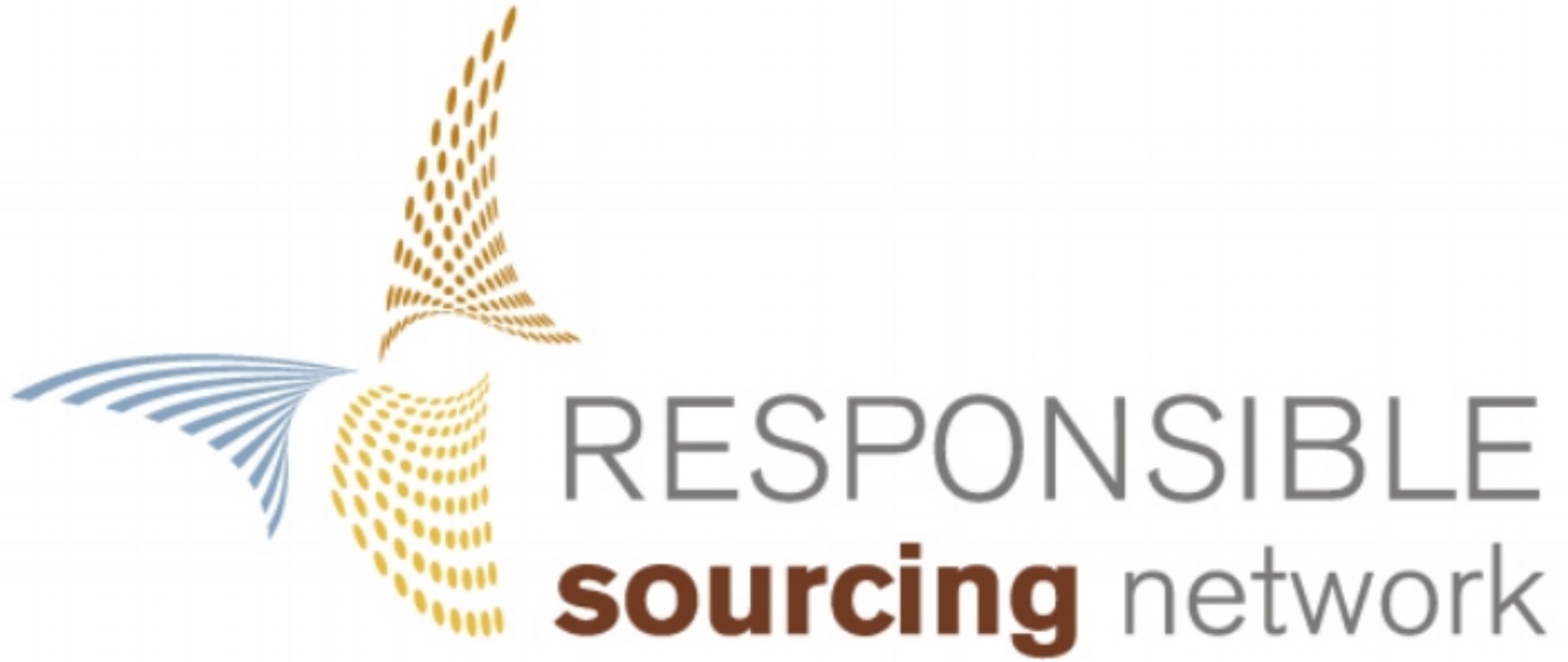It’s Time Forced Labor in China’s Cotton Production Is Taken Seriously
By Katie Chappuis and Patricia Jurewicz
Over recent months there has been a growing awareness of the inhumane treatment China has inflicted upon the local Uighur (Uyghur) and Turkic minority Muslim populations in the Xinjiang province. Forced “re-education” and prison camps are widespread in the region with reports of over 1 million people being forced into these facilities and in surrounding cotton fields. There is evidence that Turkic minorities are forced to labor in many yarn, textile, and apparel production facilities, as well as in the harvesting of cotton in that area. Often, the cotton harvesting is performed by women and children under threat to replace the men that have been sent to the camps.
What’s important to note is this region, Xinjiang province, is the highest cotton-producing region in China, producing approximately 84% of the cotton in China. Since China is the second largest producer of cotton in the world, Xinjiang province is responsible for 1 in every 5 bales of cotton produced GLOBALLY.
Examples of forced labor continue to be made public despite China’s tight grip on local media, ubiquitous use of facial recognition technology in Xinjiang, and censorship of negative press regarding its labor practices. These reports continue to highlight the systemic forced labor experienced by the Turkic minorities and their direct connection to the global textile industry.
For example, as stated in an Oct. 16 Wall Street Journal op-ed:
“Since 2014 some 2,200 new cotton and apparel companies have been set up to participate in the vertical-integration program. Some boast that they are suppliers for major international brands. As of 2018 China documented the employment of 450,000 new Uighur workers from impoverished households, relatives of the convicted and detained, and re-education camp inmates.”
Unfortunately, due to China’s massive economic and political power in the world, criticism and repercussions of the blatant human rights abuses are relatively low. Countries, notably many of Muslim-majority, that are often quite vocal about the mistreatment of Muslim populations elsewhere in the world, continue to do business with China. China has repeatedly promised and delivered on investment and economic development packages to almost 60 countries in recent years as part of its new Belt and Road investment initiative following the same geographical path as the former Silk Road and traversing directly through Xinjiang.
As the Wall Street Journal op-ed states:
“China is simply too central an actor in the Muslim world—and the world at large—for the cause of the Uighurs to matter much.”
As China remains a country that the global fashion and textile industry is intensely reliant on for materials and production, what can be done to address this?
Regarding cotton production and the known use of forced labor orchestrated by a government, the global fashion industry, led by Responsible Sourcing Network (RSN), has supported the Uzbek Cotton Pledge to encourage the Government of Uzbekistan to change its practices. As a result of the Uzbek Cotton pledge and harnessing global purchasing power, there has been evidence of widespread improvements in reducing forced labor in cotton production. While there is still a long way to go, it is clear that the pledge has had a positive effect on reducing forced labor in Uzbekistan in recent years.
While creating a cotton pledge against China may not be the most digestible in this moment, RSN’s initiative, YESS: Yarn Ethically & Sustainably Sourced, could be the most potent and practical approach to take on forced labor in the Xinjiang cotton fields. Created to drive modern slavery out of cotton production by eliminating the market for cotton produced with forced labor, YESS utilizes the OECD risk-based due diligence approach to verify spinning mills are not sourcing this tainted cotton. Special attention is given to training spinners to implement these due-diligence practices that can stop the flow of cotton into the global supply chain, after which point it is blended with imported cotton and impossible to trace.
For YESS to work in China, farm-level initiatives like BCI need to be robust and credible. We welcome the fact that BCI is analyzing the situation in Xinjiang [updated 22/Jan/2020] and has plans to improve its decent work criteria in its standard. Without a credible system on the ground to assure there is no forced labor in its cotton harvesting, apparel brands are at risk of having slave-tainted goods, even if they support BCI. Furthermore, in countries that have a high risk of forced labor, such as China, Pakistan, and others, YESS promotes shipping physical BCI bales to the spinning mills. This is the only way companies can be sure their products are slave-free. Currently BCI uses a mass balance system, which does not have this requirement.
Similar to the U.S. Customs’ Withhold Release Order (WRO) against Turkmenistan cotton issued last year, there is a new WRO against product from Hetian Taida Apparel located in Xinjiang. If brands are not careful with their Chinese purchases, their product could be held at the border, such as what happened recently with Costco. Even though Hetian Taida is the first apparel company in Xinjiang to be added to the WRO list, the Citizens Power Initiative for China and others are requesting all cotton products from China to be added to the list and blocked from entering the U.S.
YESS is not designed to ensure the spinning, textile, or apparel factories are free of forced labor (Verité, FLA, and others are designed for that), however, implementing YESS will help prevent forced labor from being embedded in cotton products coming from China.
As research continues to show, China is a high-risk country for forced labor in cotton production, which needs to be addressed, especially as it continues the intentional oppression of the prison and minority populations. YESS should be part of the solution by creating a market incentive for cotton produced in China that is free of forced labor.
